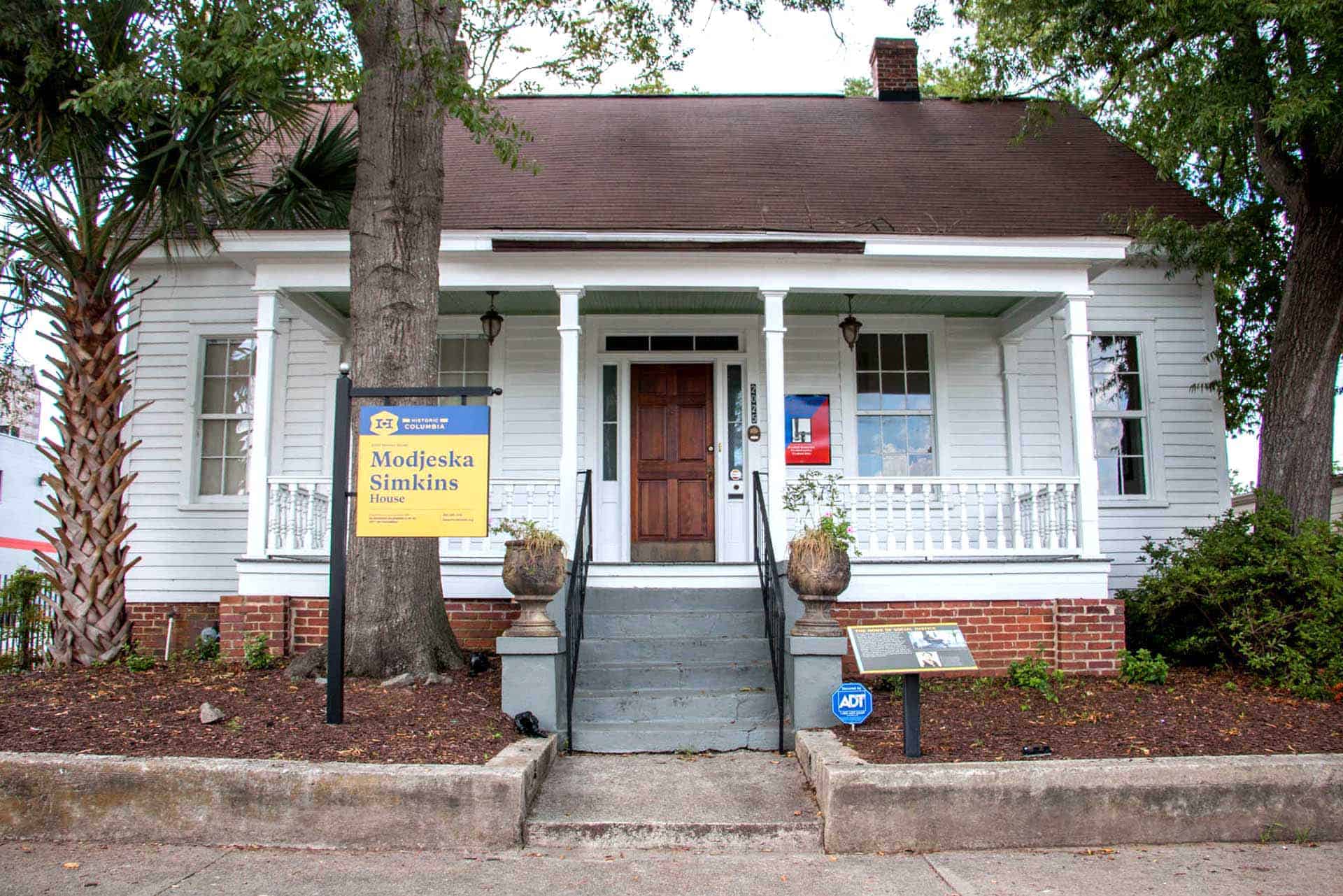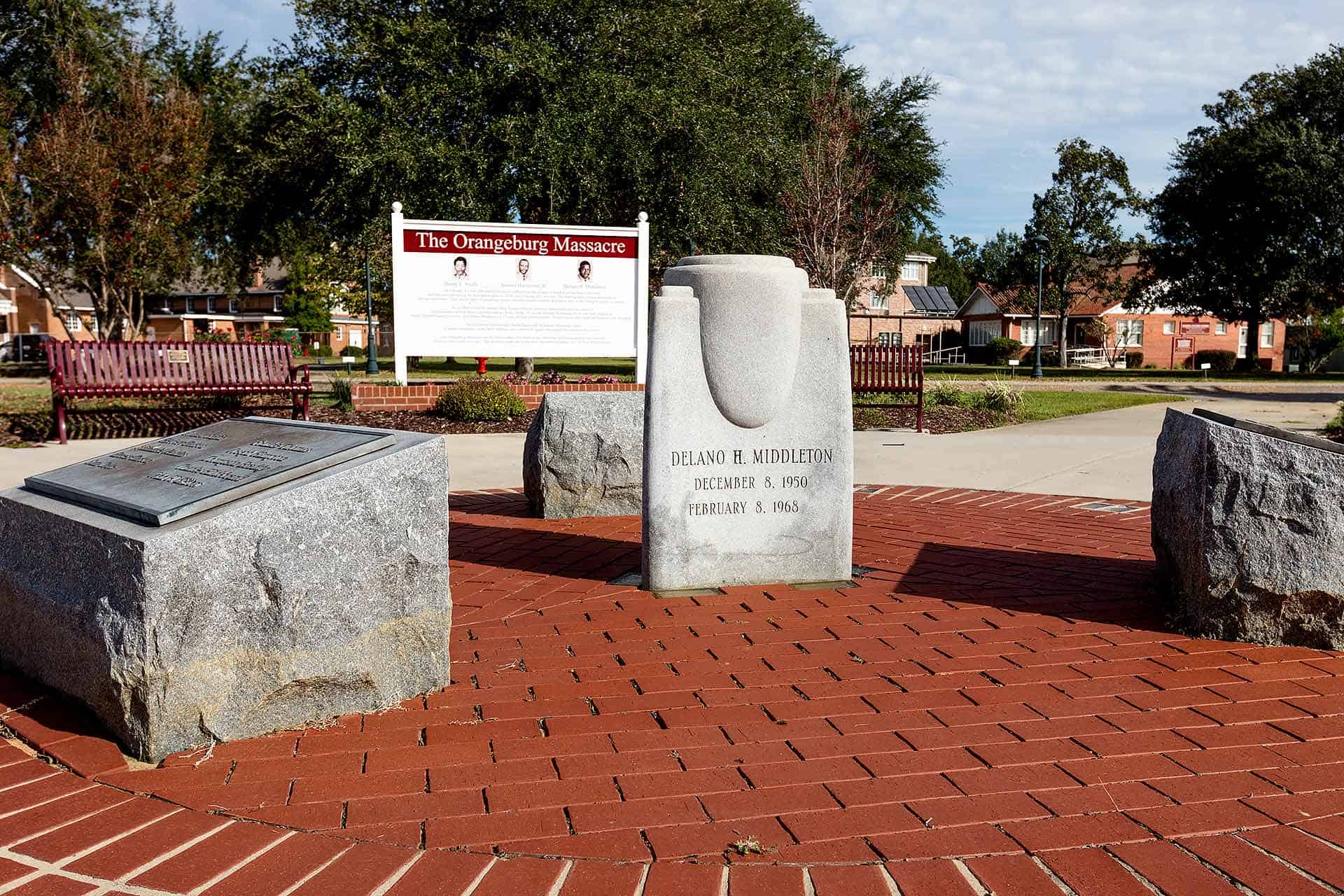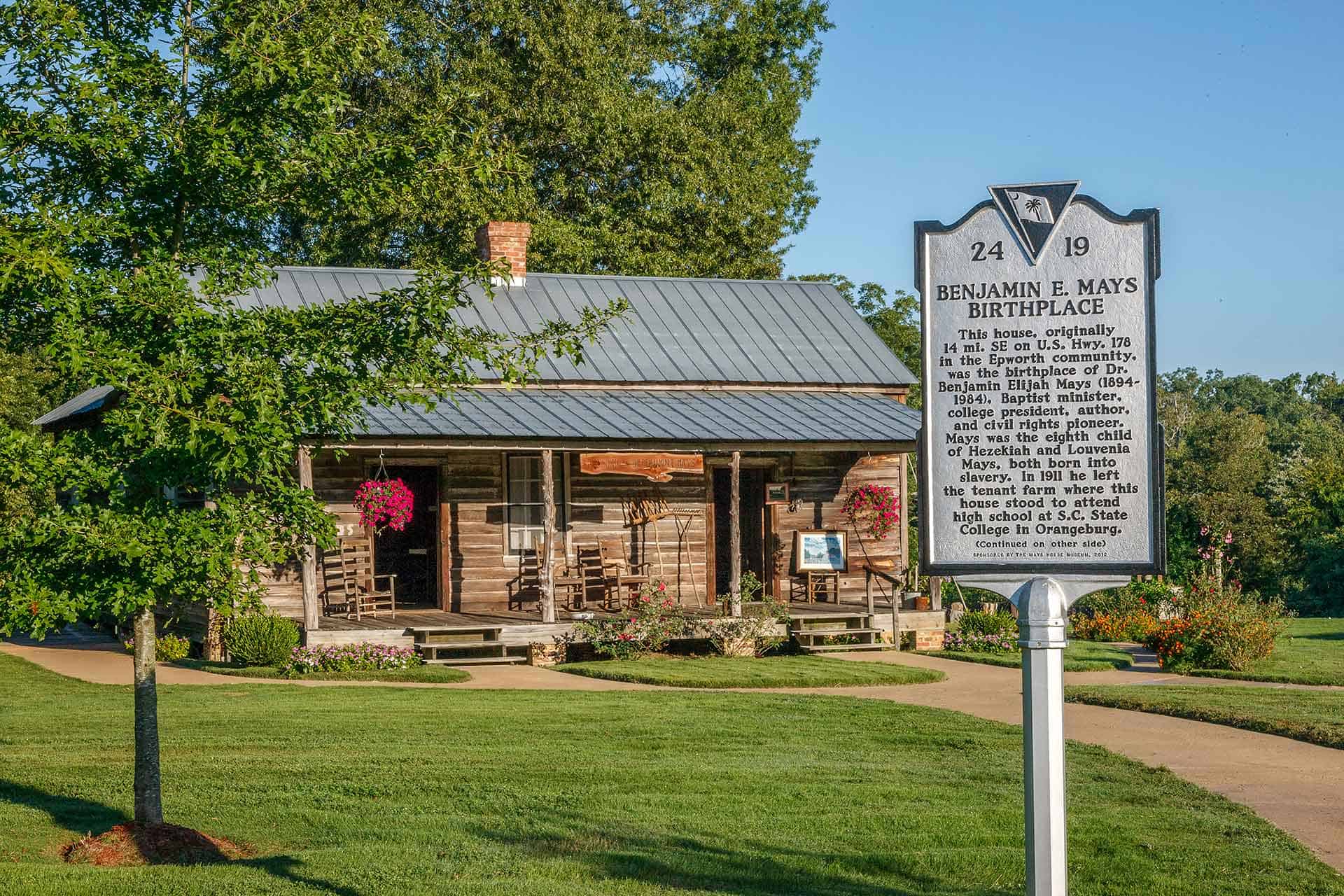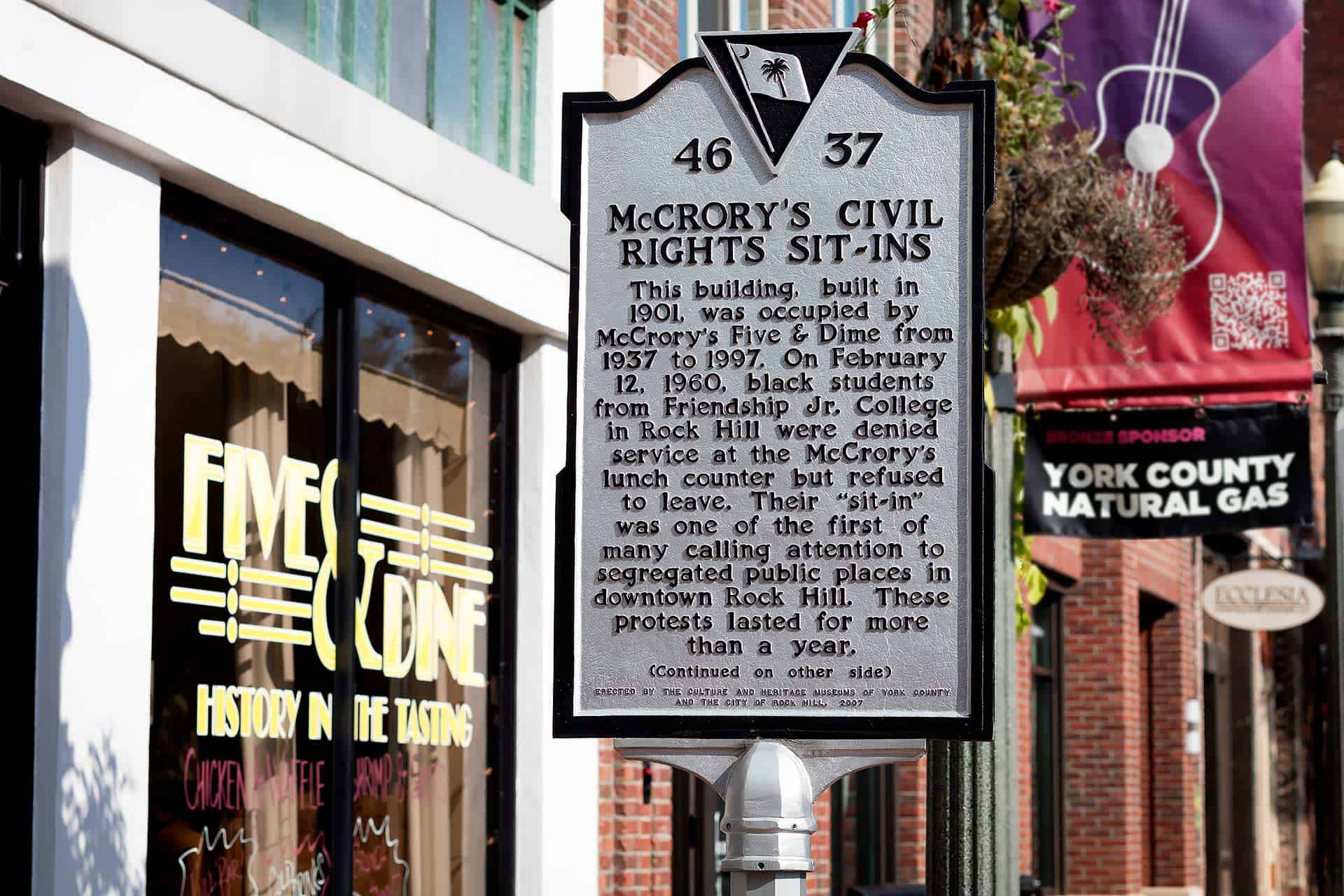In March of 1961, several hundred protestors marched onto the grounds of the South Carolina State House to voice their opposition to segregation. The Legislature was in session as the demonstrators, many of whom had participated in Columbia’s sit-ins, gathered to protest the unequal treatment of African Americans. Seven years earlier, Sarah Mae Flemming was removed from a public bus operated by the South Carolina Electric & Gas Company for sitting near the “whites only” section. Her actions were a precursor to Rosa Parks’ refusal to give up her seat on a city bus in Montgomery, Alabama, in 1955.
Today, a monument commemorating the history, contributions and actions of African Americans in South Carolina, including their struggle for civil rights, stands next to the State House. Among the poignant elements of the monument are rubbing stones from four countries where Africans were captured and enslaved: Ghana, the Republic of Congo, Senegal and Sierra Leone.
Guided tours of the State House and along Main Street where marches and protests took place are available through Columbia SC 63, a historic preservation organization at the University of South Carolina. The tours give in-depth interpretation of the critical activities in South Carolina’s capital city that shaped the Civil Rights Movement. Learn more at ColumbiaSC63.com or call 803-851-5064 to arrange a tour.










